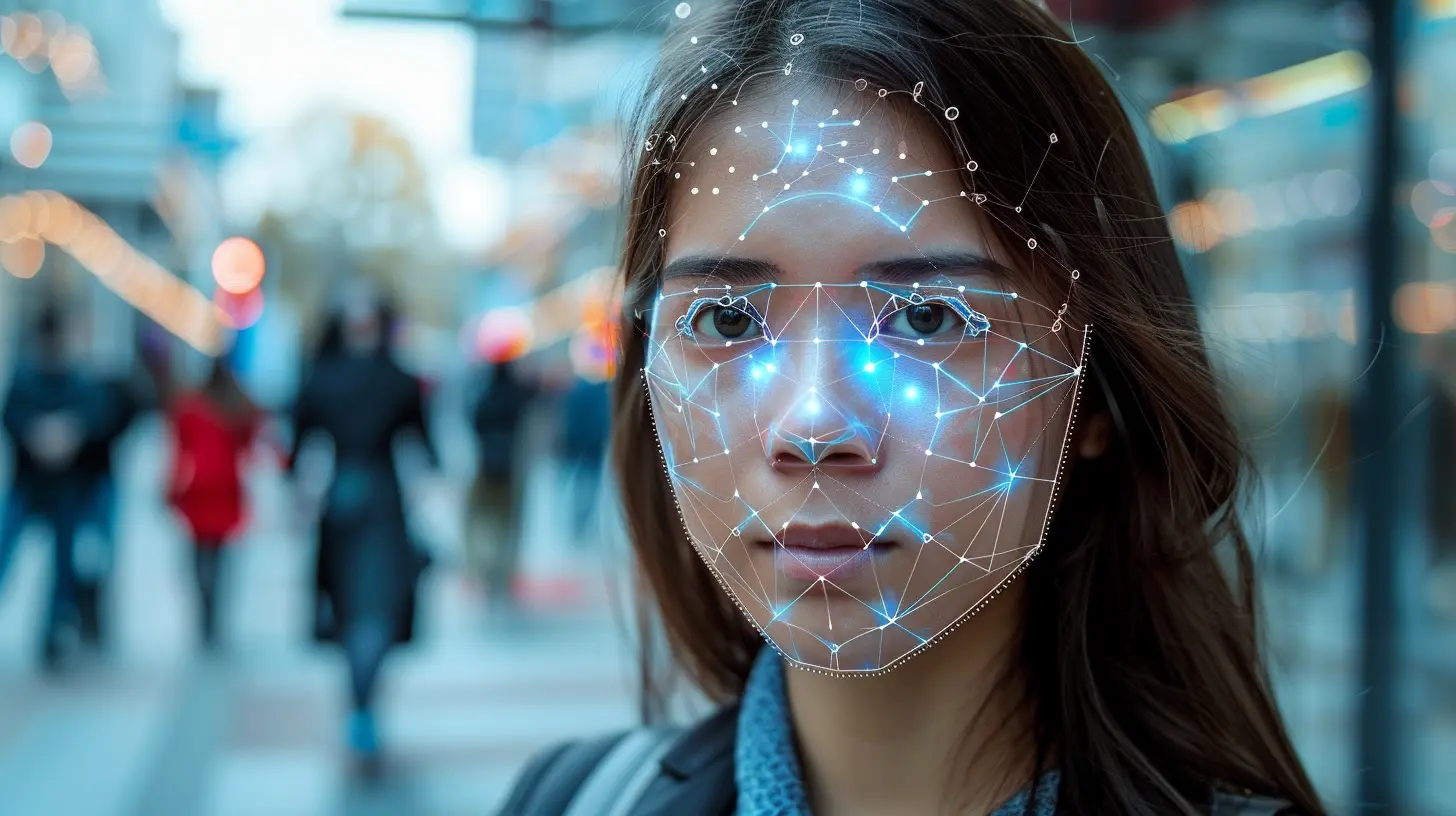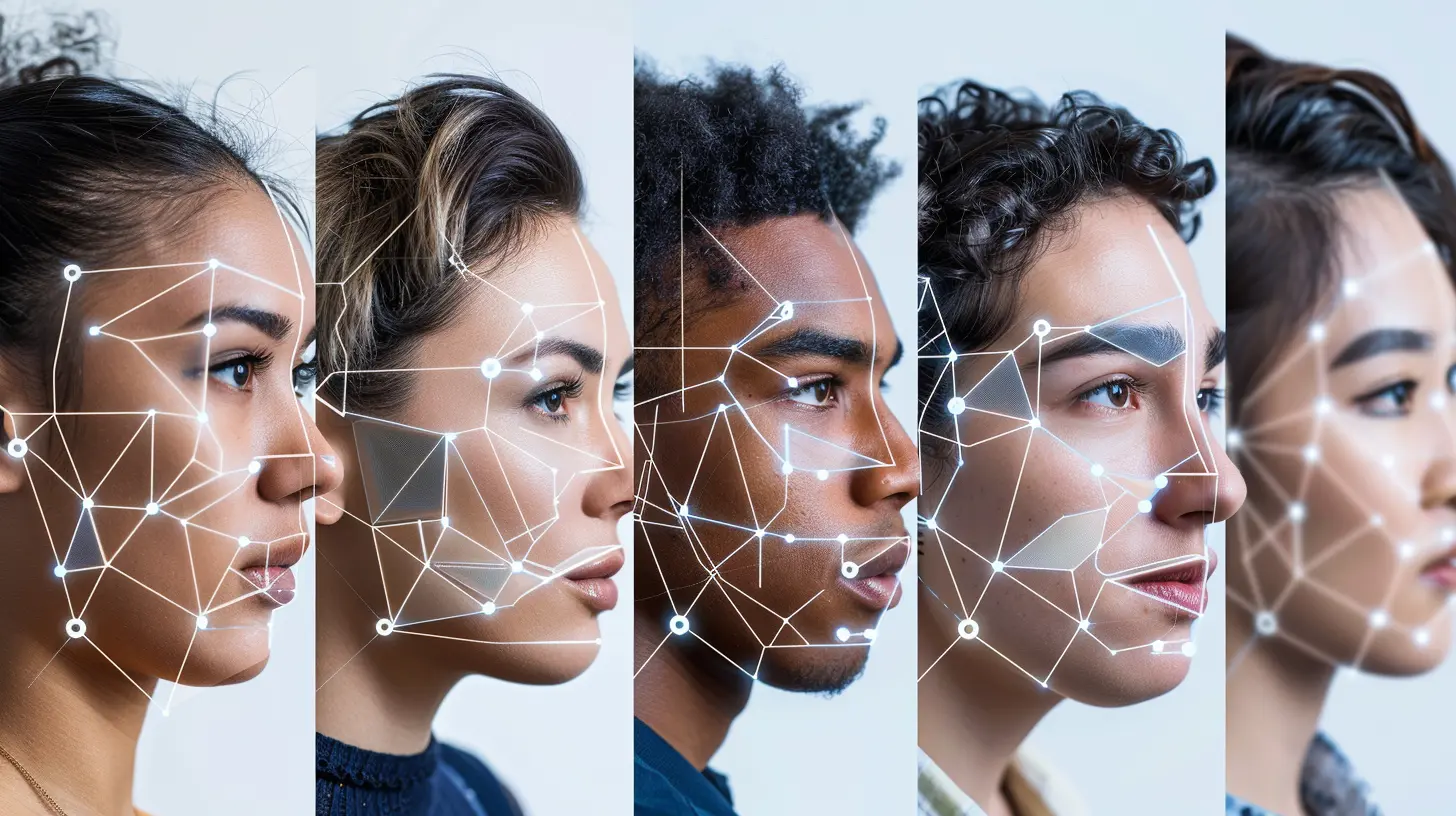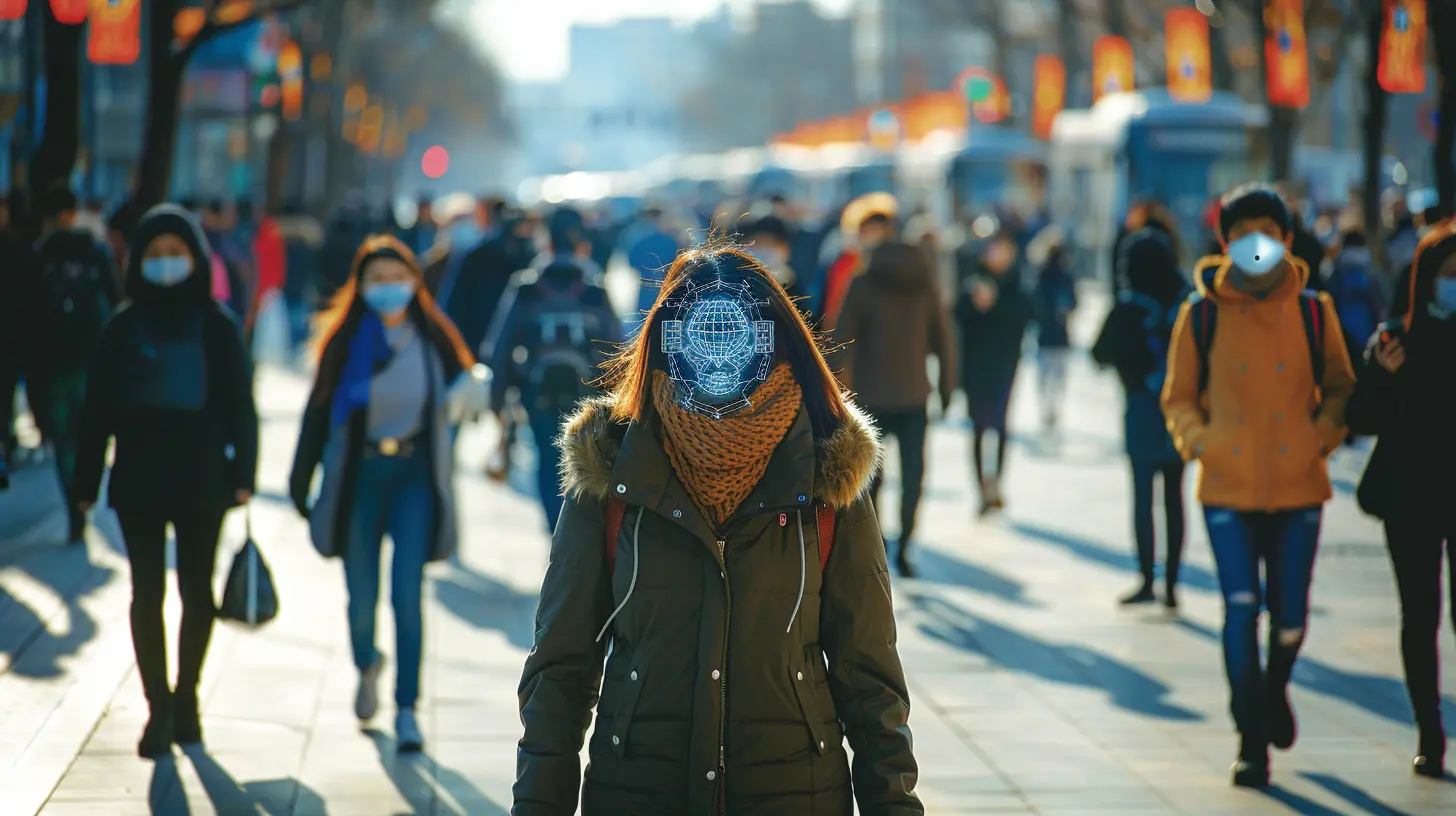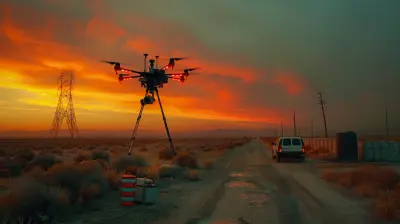How Machine Learning is Enhancing Facial Recognition Technology
8 October 2025
Facial recognition technology has come a long way, and machine learning is its secret weapon. From unlocking your smartphone to catching criminals, AI-driven facial recognition is reshaping our world. But how exactly does machine learning improve facial recognition? Let’s dive in.

Understanding Facial Recognition
Facial recognition technology analyzes and identifies human faces in images or videos. This process typically involves:- Face Detection – Identifying the presence of a face in an image.
- Feature Extraction – Mapping key facial features like the eyes, nose, and mouth.
- Face Matching – Comparing the extracted features with stored data to identify the person.
While traditional methods relied on fixed algorithms, machine learning has turned the game upside down.

The Role of Machine Learning in Facial Recognition
Machine learning enables facial recognition systems to learn and improve over time rather than just following rigid, predefined rules. Here’s how it makes a difference:1. Enhanced Accuracy Through Deep Learning
Traditional facial recognition struggled with accuracy, especially in poor lighting or when facial angles changed. Thanks to deep learning, modern systems can now analyze faces more comprehensively.Neural networks, particularly Convolutional Neural Networks (CNNs), help recognize faces by breaking down images into patterns. The more data they process, the better they get.
> Think of it like how we recognize a friend in different outfits, hairstyles, or even after years. The system learns patterns rather than just matching exact images.
2. Improved Feature Extraction
Instead of relying on a handful of predefined facial features, machine learning trains systems to detect subtle facial nuances. This allows for better recognition regardless of lighting, facial expressions, or even partial obstructions (like hats or glasses).With enough training data, AI can even identify family resemblances by analyzing genetic facial traits—almost like how we instinctively notice similarities within families.
3. Better Fraud Detection and Anti-Spoofing Techniques
Old facial recognition systems were vulnerable to simple tricks like using a photograph or mask. Machine learning fights back with anti-spoofing techniques such as:- Liveness detection – Checking for micro facial movements, blink patterns, and depth perception to determine if the subject is real.
- 3D facial recognition – Using depth-mapping sensors to create a three-dimensional face structure, reducing the chances of deception.
These advancements make identity fraud significantly harder, making applications like mobile banking and airport security more secure.
4. Handling Diverse Faces and Ethnicities
One of the biggest criticisms of early facial recognition was racial bias—systems tended to work better on lighter-skinned individuals due to training bias.Machine learning helps solve this by training models on diverse datasets. The more faces the system analyzes from different ethnicities, ages, and genders, the better it performs across all groups.
5. Real-Time Recognition in Crowded Spaces
Thanks to machine learning, facial recognition now works in real-time, even in crowded places like stadiums, airports, or concerts. AI optimizes facial identification by:- Filtering out unnecessary background distractions.
- Enhancing blurry or low-resolution images.
- Tracking movement to follow individuals across multiple frames.
This has major implications for law enforcement, where police can identify suspects in large gatherings effortlessly.
6. Privacy-Preserving Facial Recognition
Facial recognition often raises privacy concerns. However, machine learning enables techniques like differential privacy and federated learning, allowing AI to process data without storing sensitive personal information.Companies like Apple and Google already implement these techniques to ensure user data remains private while improving recognition accuracy.

Where Is Machine Learning-Powered Facial Recognition Used Today?
1. Smartphones and Consumer Devices
Face unlock on smartphones (like Apple’s Face ID) ensures secure and instant device access.2. Banking and Payment Verification
Some banks now require facial verification instead of passwords for secure transactions.3. Law Enforcement and Security
Police use AI-driven facial recognition to track down criminals and missing persons.4. Airports and Border Control
Automated facial recognition speeds up immigration checks, cutting down waiting times.5. Retail and Personalized Shopping Experiences
Stores analyze customers' faces to provide personalized recommendations or improve security.6. Healthcare and Patient Identification
Hospitals use facial recognition to streamline patient check-ins and prevent identity fraud.
Challenges and Ethical Concerns
While machine learning enhances facial recognition substantially, it isn’t without controversies.1. Privacy Violations
Many fear mass surveillance and unauthorized use of facial recognition, sparking global debates on ethical usage.2. Bias and Fairness Issues
Although improving, AI models still require careful training to avoid racial or gender biases.3. Data Security Risks
If facial recognition databases are hacked, sensitive biometric information could be compromised.4. Regulation and Legal Frameworks
Governments worldwide struggle to regulate facial recognition while balancing security and privacy rights.The Future of Machine Learning in Facial Recognition
What’s next? Machine learning will continue refining facial recognition, making it:- More accurate, even in extreme conditions.
- Less invasive, with privacy-enhancing techniques.
- Faster and more efficient in large-scale applications.
With ongoing advancements, expect facial recognition to become an integral part of daily life—but hopefully, with the right ethical considerations in place.
Final Thoughts
Machine learning is revolutionizing facial recognition, making it smarter, faster, and more reliable. From securing smartphones to catching criminals, AI-driven recognition is here to stay. But as technology advances, it’s crucial to ensure it’s used responsibly, striking a balance between innovation and privacy rights.all images in this post were generated using AI tools
Category:
Machine LearningAuthor:

Ugo Coleman
Discussion
rate this article
1 comments
Phaedra McLean
Great insights on the intersection of machine learning and facial recognition! It’s fascinating to see how these advancements can improve security while raising essential ethical discussions. Looking forward to more updates!
October 8, 2025 at 4:14 AM

Ugo Coleman
Thank you! I'm glad you found the insights valuable. Stay tuned for more updates on this evolving topic!


